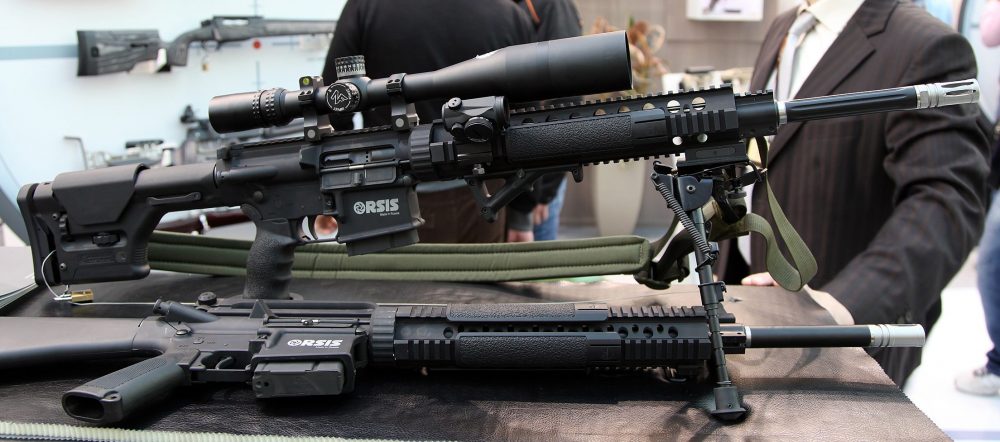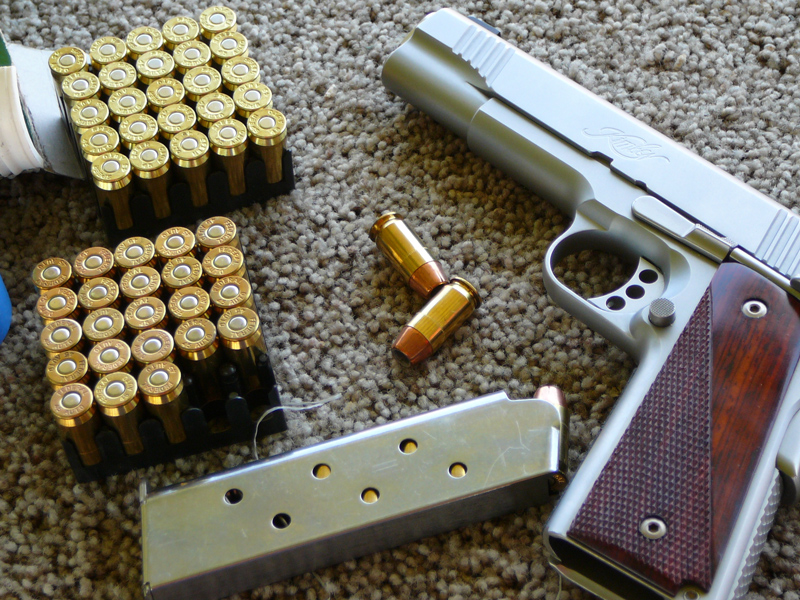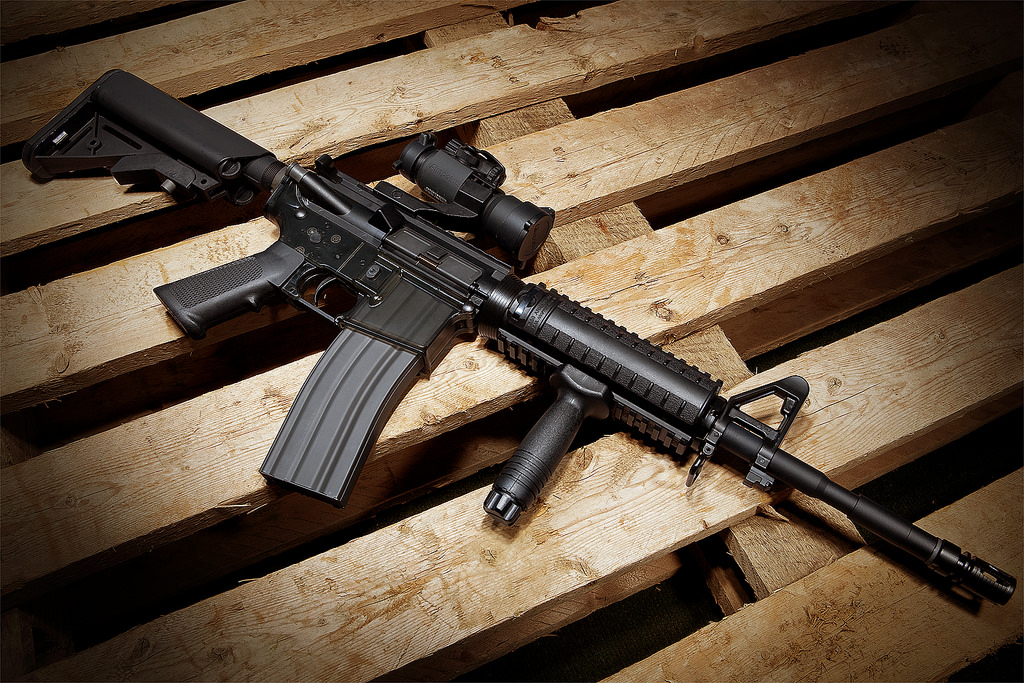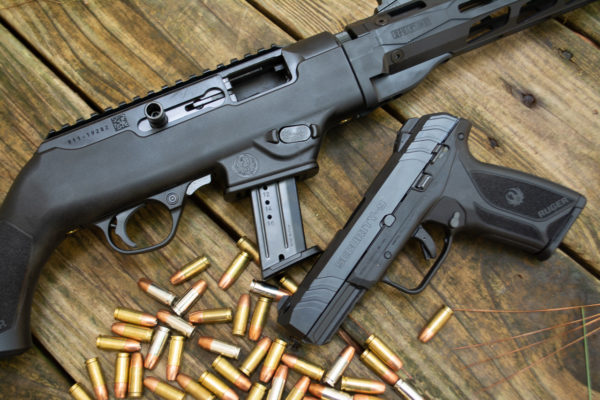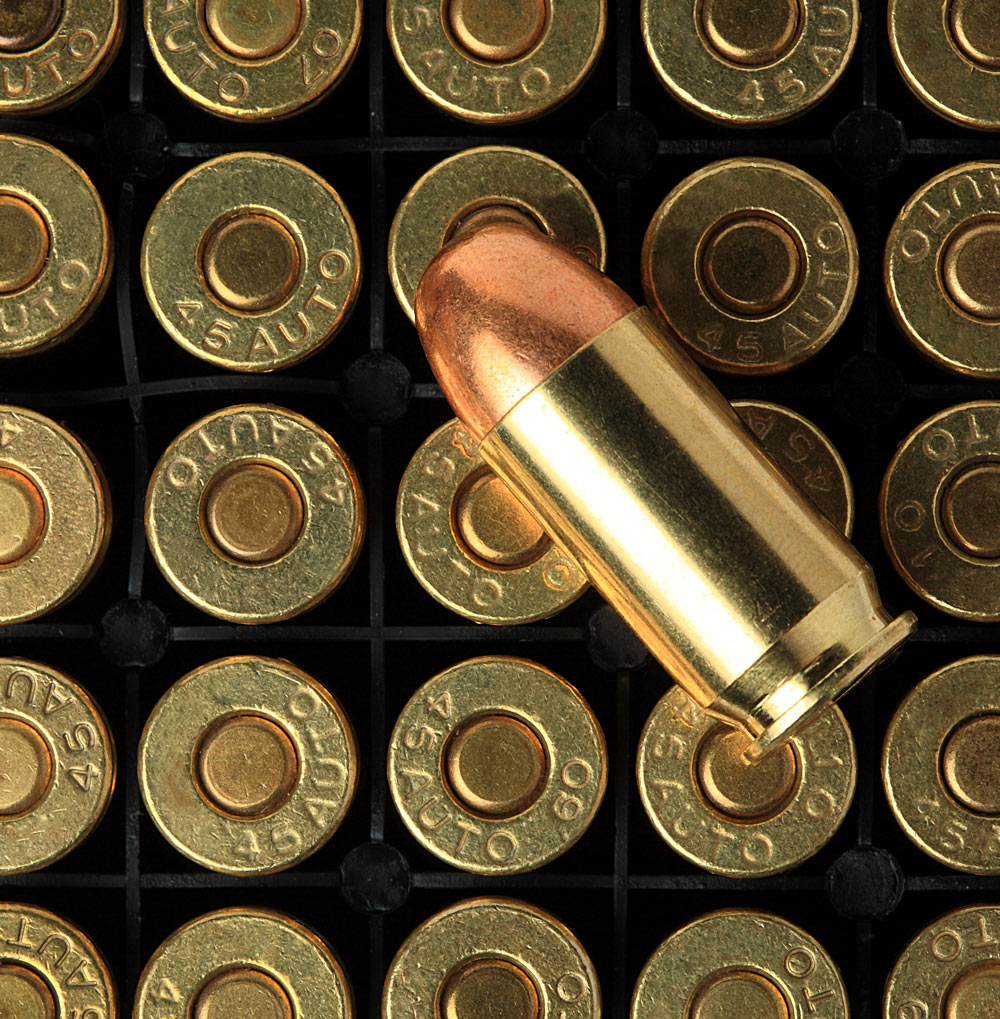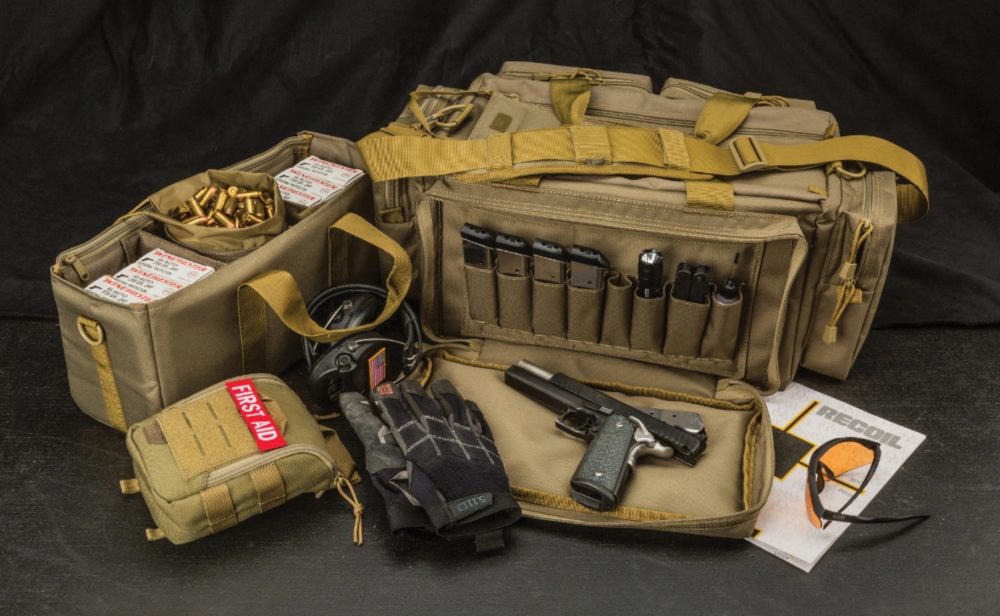The diminutive .380 ACP is a subject of much debate in the firearms world. There are many who will swear blind that it’s as bad as a .22 for self-defense, and just as many that shout from the rooftops about how great it is.
The truth is of course somewhere in the middle.
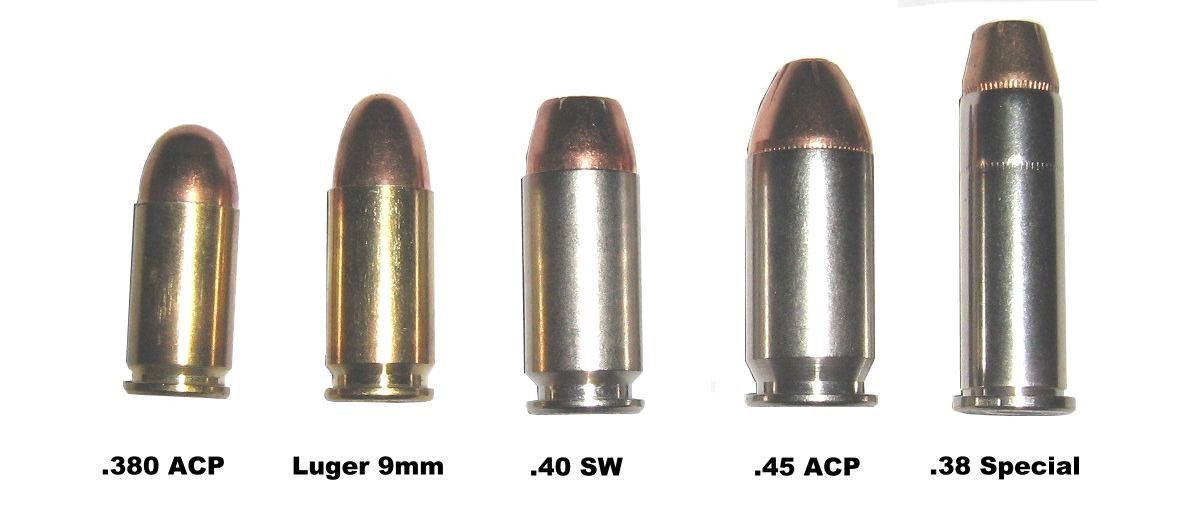
While it doesn’t have the same impact as a 9mm or even many .38 special loads, it is perfectly adequate for self-defense, provided you understand some of the tradeoffs you have when choosing it over the more popular 9mm, or other large cartridges.
And of course, even the best of bullets is no good without an accurate and reliable gun to fire them, so it’s important to choose a gun that will perform when you need it most.
What follows is a close look at why (or why not) to carry a gun chambered in .380 ACP, as well as some of the best .380-chambered carry options to fit every situation.
With this knowledge, you will be able to make an informed decision on carrying .380-chambered guns, and you’ll have a starting point when it comes to choosing a firearm that meets your needs should you decide you want one.
Let’s get started by…
Things to Know About .380 ACP
First and foremost, many people will recommend .380 ACP handguns as an excellent option for new shooters because it is commonly believed that these guns have relatively light recoil thanks to the smaller-than-average cartridge.
Unfortunately, this isn’t the case. Most .380 ACP handguns are very small, often not even allowing a full three-fingered grip. This is problematic for a few reasons.
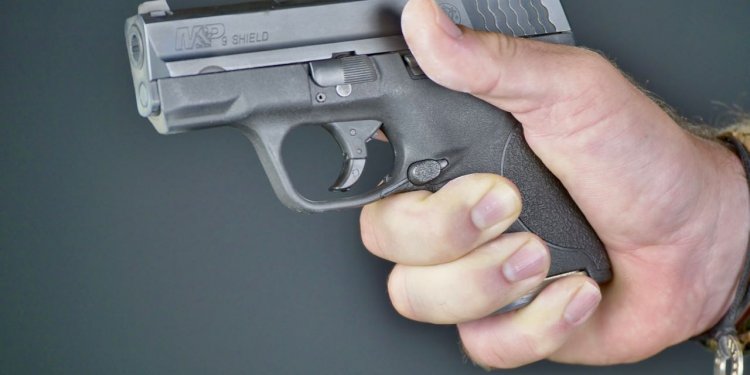
One, you have less real estate to hang onto while the gun is recoiling, which can be a problem for those who already lack grip strength, and it generally makes follow-up shots tougher.
Two, you have a much lighter firearm by the sheer fact of the smaller amount of material used, and thus you have less weight to counteract the recoil impulse, resulting in “snappier” and more aggressive recoil.
Combined, these two things make pocket-carry .380 ACP guns a poor choice for new shooters because you have a very difficult-to-shoot firearm that can be discouraging to learn with.
Next, we have to talk about the idea that .380 ACP is insufficient in defensive scenarios.
While it’s true that the .380 ACP is not as powerful as even the 9mm, modern ballistics have improved to the point where even the humble .380 can be wielded effectively in a defensive scenario.
No, it’s not going to punch through car doors as easily as a 9mm, but at the average self-defense distance and in a reasonable situation, it will do just fine against most two-legged predators.
Of course, you should always carry something you’re confident in, and shoot well with, and there’s certainly a case to be made for being prepared for an “unreasonable” situation, so be sure to weigh your options carefully here.
In general, if you choose to carry a firearm chambered in .380, you should understand its limitations, and be able to shoot it well. If you can do that, you’ll be just fine carrying one.
Pros/Cons to .380 ACP
First and foremost, most .380s are small enough for very deep concealment, often disappearing into a pocket holster, or tucking into an IWB holster for a print-free carry.
This is probably the chief reason to daily a .380. If you live somewhere warm and are worried about concealing a full-size pistol under lightweight summer clothes, the .380 options out there may be worth a look.
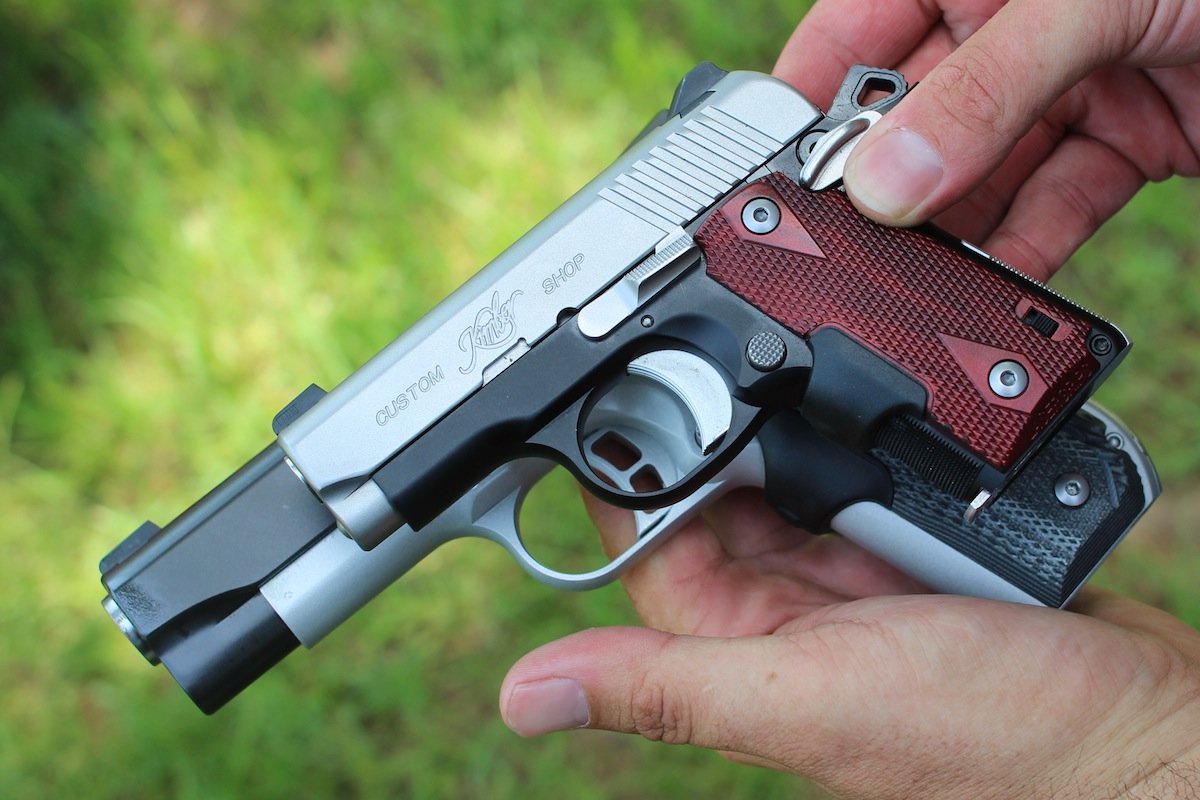
The gun you are willing to always have on you will always be a better option than the gun you habitually leave at home or in a vehicle because it’s too heavy or because you’re worried about printing issues.
Something else to consider is shot placement. If you find you can put multiple rounds into a center-mass target at average self-defense distances (7-10 yards) and do so quickly and reliably, you’re probably just fine carrying a .380 ACP.
For this reason, .380 guns should perhaps not be the first choice of someone who is new to carrying a firearm, but they do make excellent options for experienced shooters who are confident in their abilities.
Reasons To Not Choose a .380 ACP
If you can’t hit what you’re aiming at, shot after shot, with a .380, don’t carry one. It’s just that simple.
The gun you carry should always be the one you’re confident in carrying, so if you aren’t sure you can make follow-up shots with a snappy and difficult to hold .380 pocket gun, choose something else.
Remember, it’s better to print than to be left undefended, and there are a number of concealable 9mm options out there, and a number of guns out there that are larger and easier to shoot.
Finally, if you live somewhere that is cool to cold most of the year, and you frequently find yourself wearing a jacket or other thicker clothes, perhaps consider carrying something larger (both in overall size and in caliber) and take advantage of the additional concealment offered by heavy clothing.
Also, if you’re bundled up in multiple layers, chances are an assailant will be as well, and those extra layers, particularly heavy canvas or denim, may blunt the effectiveness, and even halt penetration, of the .380 ACP.
Choosing .380 ACP Ammo
If you’ve weighed your options and decided you can wield a .380 in a defensive situation, you have another decision to make: what ammo to use.
In a defensive gun, you’re always going to want a hollow-point round from a reliable manufacturer that’s part of a line that will be commonly available.
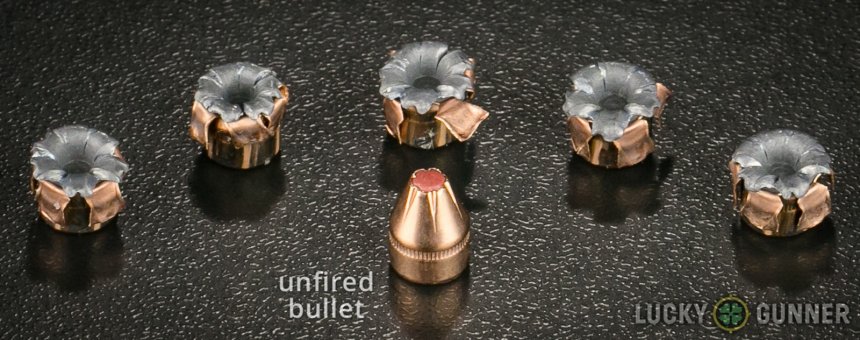
Examples of such manufacturers and product lines include:
All of these offerings are going to perform well, as long as two conditions are met:
- You perform well with the ammo you’ve chosen
- Your gun performs well with the ammo you’ve chosen
How do you find out if the ammo you’ve chosen meets these conditions?
Practice, practice, practice.
FMJ or ball ammunition may work just fine for target practice, but it’s important that you know how you shoot with your defensive ammo of choice, and that you know your gun will perform reliably with said ammo.
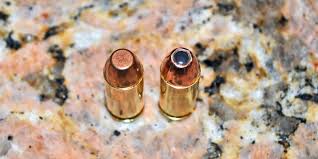
While a gun may perform well with one type of ammo, particularly FMJ ammo, it may not operate reliably with certain hollowpoint geometry, and that’s not something you want to find out for the first time when you draw down on an assailant.
Much better to learn that lesson at the range where the only issue is looking a bit silly in front of your buddies when your gun jams or doesn’t feed properly.
Always run at least one full box of your defensive ammo of choice through the gun before choosing to carry it, more if you can afford it.
Of course, you can make the argument that you can’t afford not to extensively test your gun and ammo of choice, but that’s a decision to be made between you, your desire for safety, and your wallet.
If you’re wondering, our favorite is the Hornady Critical Defense. Designed for short barrels, this stuff really delivers.
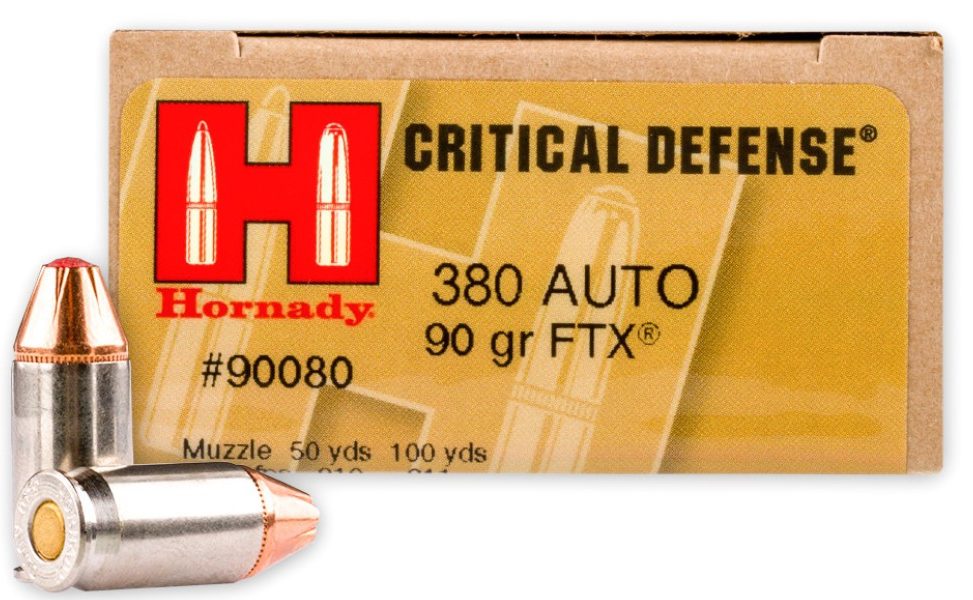
Hornady Critical Defense 90gr
Pros
- Designed for shorter barrels
- Amazing expansion
Best .380 ACP Carry Guns
These are some of the best .380 carry options available.
Of course, there are probably a hundred other options out there, and dozens of those could make this list, but these are the guns that have been tested and proven to be the best of the best and to function reliably in a defensive situation.
1. Ruger LCP II
The LCP II is a polymer-framed pistol that is widely regarded as one of the best values in the pocket-carry sector.
The original LCP was much-maligned for its subpar trigger, but the new LCP II handily addresses this with a vastly improved trigger that is one of the best in its class.
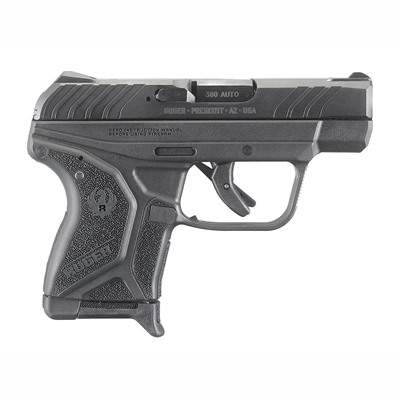
Ruger LCP II
Pros
- Easily concealed
- Good grip texturing
- Combat-style sights
Cons
- Night sight options are expensive
- Limited capacity like most pocket pistols
Ruger LCP II Specs:
- Capacity: 6+1
- Overall Length: 5.17 inches
- Height: 3.71 inches
- Weight (empty): 10.6 oz
- Barrel Length: 2.75 inches
- Sights: Integral
Overall, the LCP II is a great option for those who want an easy-to-conceal gun in a .380 caliber. Its 6+1 capacity is fairly standard for guns of this form factor, and the wide rear notch sights make groups at combat distances tight and consistent.
For its size, this gun is surprisingly easy to shoot, especially with the pinky extension on some of the magazines that allows you to get an extra finger on the grip.
The rough grip texturing is perfect for a pocket gun, and the cocking serrations make manipulation of the slide easy in a high-stress scenario.
2. Bersa Thunder .380
Bersa has been flying under the radar in the United States for years, but the Argentina-based gun maker has been quietly and efficiently turning out one of the best values in the world of CCW options for years now.
The Bersa Thunder .380 is a Walther PPK clone (on the outside) that sits comfortably below the $300 price point and offers an impressive 8+1 capacity in a diminutive form factor.
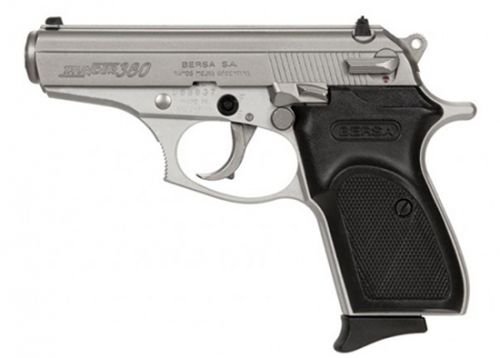
Bersa Thunder .380
Pros
- Lots of options including grips, lasters, night sights, etc.
- Higher capacity than most .380 pocket guns
- Great trigger, especially in SA
Cons
- Magazine disconnect safety
- Not a lot of aftermarket support
Bersa Thunder .380 Specs
- Capacity: 8+1 Rounds
- Overall Length: 6.60″
- Height: 4.90″
- Weight: 20 oz. with Empty 8-Round Magazine
- Barrel Length: 3.50″
- MSRP: $300
The Bersa Thunder is a great option for those who want a pocket-pistol that’s easy to shoot, while still remaining concealable.
It’s hard to argue with the 8+1 capacity. With the same number of rounds on tap as a factory 1911, you’ll be a little bit more prepared to meet multiple threats than someone packing some of the other .380 options out there.
The Bersa Thunder is considerably less punishing to shoot than other .380s, due in part to its grip angle and size. The geometry is perfect for directing recoil rearward, and the width of the grip distributes that load evenly across the hand for a more pleasant shooting experience.
This means that, unlike other subcompacts, you might actually enjoy shooting the Bersa.
It is also incredibly reliable and has been extensively tested by trusted sources such as American Rifleman magazine and has been found to be perfectly dependable, so you can carry with confidence.
3. Smith & Wesson Bodyguard .380
The Smith & Wesson Bodyguard has carved out a dedicated following in the CCW world, and with good reason.
The Bodyguard .380 has quickly earned a reputation as one of the most reliable carry guns around and is absolutely worthy of the legendary Smith and Wesson name.
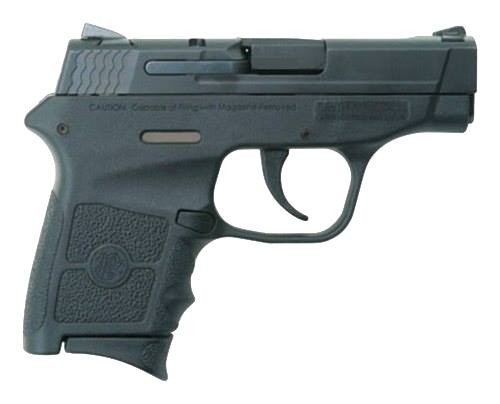
Smith & Wesson Bodyguard
Pros
- Available with or without thumb safety
- Available with integral laser
- DAO provides second-strike capability on a hard primer
Cons
- Disassembly could be better
- Trigger is long
- Extra magazines are expensive
Bodyguard .380 Specs
- Capacity: 6+1
- Barrel Length: 2.75″
- Overall Length: 5.3″
- Weight: 12oz (unloaded)
- MSRP: $380
The big draw for the bodyguard is of course that Smith and Wesson name, but there’s more to the story than just that.
First, there’s the laser. The S&W Bodyguard .380 is most frequently found sporting a red or green laser that’s integrally mounted just under the barrel.
The laser is actuated via a prominent button located on both the left and right sides of the gun, right about where the average index finger will fall (provided the shooter maintains proper trigger discipline).
One of the chief problems with a small pistol such as this is the difficulty inherent in shooting a gun with a short sight radius. The laser on the Bodyguard helps mitigate this tremendously by providing a secondary sighting method that is much easier to use in a high-stress defensive situation.
In general, the easier a gun is to use, the better it’ll handle when the adrenaline is pumping and fine motor control is diminished. It doesn’t get much easier than putting a very visible dot on the target and squeezing the trigger.
4. Glock 42
No list of pocket .380 pistols would be complete without mentioning the Glock 42. Although met with an initial disappointment from some in the firearms community that expected the 42 to be a single-stack 9mm (which eventually came later in the similarly-sized Glock 43), the Glock 42 has acquired a dedicated following in the CCW community.
The main reason for this is the general support for Glock products in the shooting world. One of the most popular manufacturers of firearms in the world, Glock has made a name for itself as the progenitor of the polymer pistol, and for making some of the most reliable guns ever brought to market.
This reputation for reliability holds true for the G42 as well.
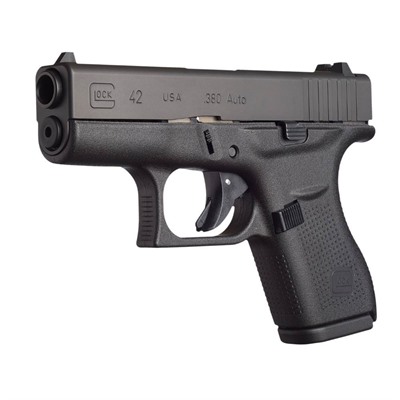
Glock 42
Pros
- Unbeatable reliability
- Huge aftermarket support
- Consistent trigger
Cons
- Glock trigger is never impressive
- Higher cost out of the box than most pocket guns
- Some people just don't like Glocks
Glock 42 Specs
- Height: 4.13”
- Width: .94”
- Weight 13.76 oz
- Barrel Length: 3.25”
- MSRP: $480
If you’ve shot a Glock before, you’ll be comfortable with the 42 almost immediately. Other than the caliber and size, this is the same as every other Glock out there. Whether or not that’s a good thing is a personal decision.
While not everyone may like a Glock, the consistent trigger and manual of arms across product lines is something all shooters can appreciate.
Conclusion
If you’re comfortable with it, .380 ACP is a perfectly competent carry cartridge, and definitely shouldn’t be overlooked if you’re interested in an easily pocketable gun that will have your back when you need it most. These pistols are all dependable, accurate, and if you do your part, totally capable of defending you and your loved ones.


